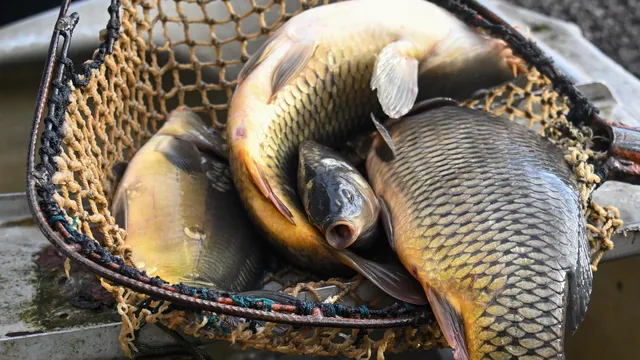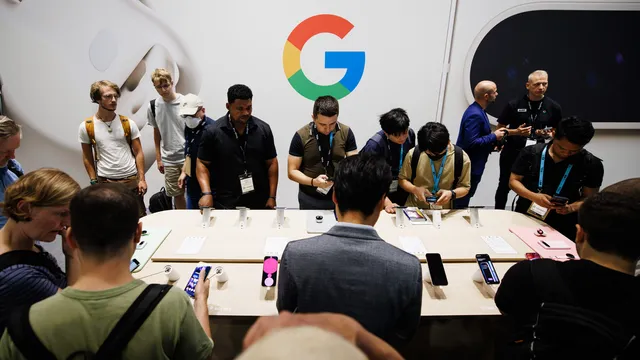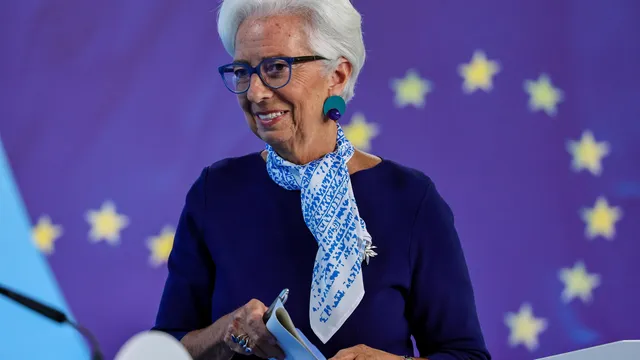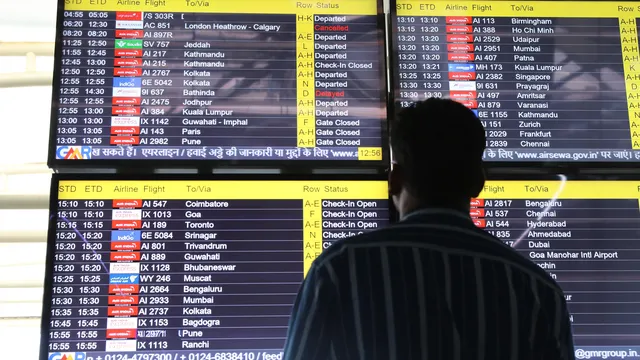The amount of farmed seafood we consume compared to that harvested wild from our waters is increasing every year, making aquaculture an increasingly important source for many diets and the answer to overfishing.
According to the Food and Agriculture Organization of the United Nations, nearly 99 million tons of aquatic animals (fish, mollusks such as oysters and clams, and crustaceans such as shrimp) are farmed worldwide in 2023, 5 times more than three decades ago.
Since 2022, aquatic animal farming has consistently outpaced fishing around the world - but with big differences between species, AFP reports.
The two top-selling fish on the market in 2023, carp and tilapia, come mainly from freshwater farming, while other widely consumed fish, such as herring, come only from deep-sea fishing.
Thierry Logier, a researcher at Ifremer, the French national institute for ocean science and technology, said fish farmers choose species that grow quickly and have simple requirements so they can control the life cycle.
Sales of Europe's most common farmed fish, Atlantic salmon, totalled 1.9 million tonnes in 2023, 99% of it farmed.
"We know how to control ageing, or how to start the breeding cycle, by injecting hormones," said Laugier.
Asia is the largest producer of farmed fish, accounting for 92% of the 136 million tonnes produced under artificial conditions in 2023.
"Carp is about tradition, it has been farmed for thousands of years on the Asian continent," the Ifremer researcher said.
At the other end of the spectrum, sardines and herring are simply fished in the oceans, mainly for profitability reasons, as some fish grow very slowly.
"It takes about two years to get a fully mature sardine," said Laugier.
According to him, the farming of some fish has not yet started, as "for a long time we thought the ocean was an inexhaustible resource."
Little known in the West, seaweed still accounts for almost a third of global aquaculture production.
Almost exclusively from Asia, seaweed production has increased by almost 200% in two decades, reaching 38 million tonnes. They are mainly used in industry, in jellies, pharmaceuticals and cosmetics, the expert said.
He added that algae also have the great advantage of absorbing not only CO2 in the oceans, but also nitrogen and some pollutants.
"And from an ecological point of view, it is better to grow macroalgae than salmon," Laugier concluded. | BGNES
Production of certain fish and seaweed species on farms increases

BGNES
Since 2022, aquaculture has steadily outpaced fisheries worldwide - but with big differences between species.


 Breaking news
Breaking news
 Europe
Europe
 Bulgaria
Bulgaria





